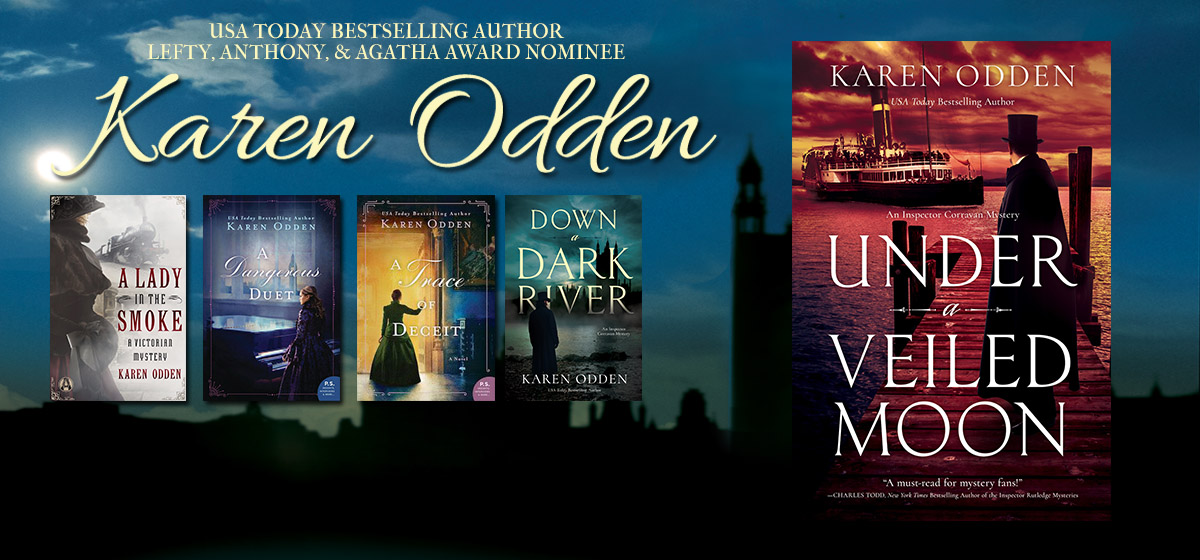
Victoria in Westminster Abbey, London. #queenvictoria
Upon William IV’s death on June 20, 1837, Victoria took the throne at age 18 and held it for nearly 64 years, until her death in 1901, making her the longest reigning monarch ever. (King George III reigned for 59 years; Queen Elizabeth II has them both beat now.) Over Victoria’s lifetime she saw profound changes in the shape and size of the British empire; in laws governing women’s rights, children’s education, and public health; in literacy rates; and the number of miles of railway track and telegraph wires (from 40 miles in 1830 to over 30,000 by the 1880s). She also witnessed numerous changes in government, working with a dozen different prime ministers from various political parties.
This is one reason it is impossible to make generalizations about the “Victorian Era.” Scholars tend to divide it into early, middle, and late periods, but even that doesn’t address the issue entirely because, as with America, different geographical parts of Great Britain had very different cultures. The Acts of Union in 1707 joined England, Wales, and Scotland; in 1800, another Act of Union brought Ireland into the fold. But these four groups — English, Welsh, Scots, and Irish — still retained aspects of their cultures, and this often led to conflicts.
So when Queen Victoria arrived on the throne in 1837, she inherited a country that was divided into sections, yet all joined together in a parliament that met in London. Some scholars have posited that perhaps one of the reasons Britain expanded their empire so aggressively into Africa, Asia, and South America was to draw attention away from the internal divisions that led to profound misery, prejudice, and violence at home. One of the conflicts that recurred periodically was between the Irish, who had lost their own parliament and control of affairs on their island in 1800, and the English, who resented the influx of Irish into England, mostly at Liverpool, after the famine at mid-century.

In UNDER A VEILED MOON (forthcoming, October 2022), Corravan’s Irish heritage puts him in a difficult situation. When the pleasure steamer, the Princess Alice, collides with the 900-ton iron-hulled collier, the Bywell Castle, Corravan is asked to discover the truth about how it happened. Early clues point to sabotage by the Irish Republican Brotherhood, a group that believes violence is the only way to win back Irish Home Rule. Corravan’s superiors urge him to solve the case quickly and hold the IRB accountable — but Corravan’s Irish friends accuse him of disloyalty, cowardice, and bowing to political imperatives. Doggedly, he pursues the truth, but it is one that will shake his faith in his countrymen, the law, and himself.
